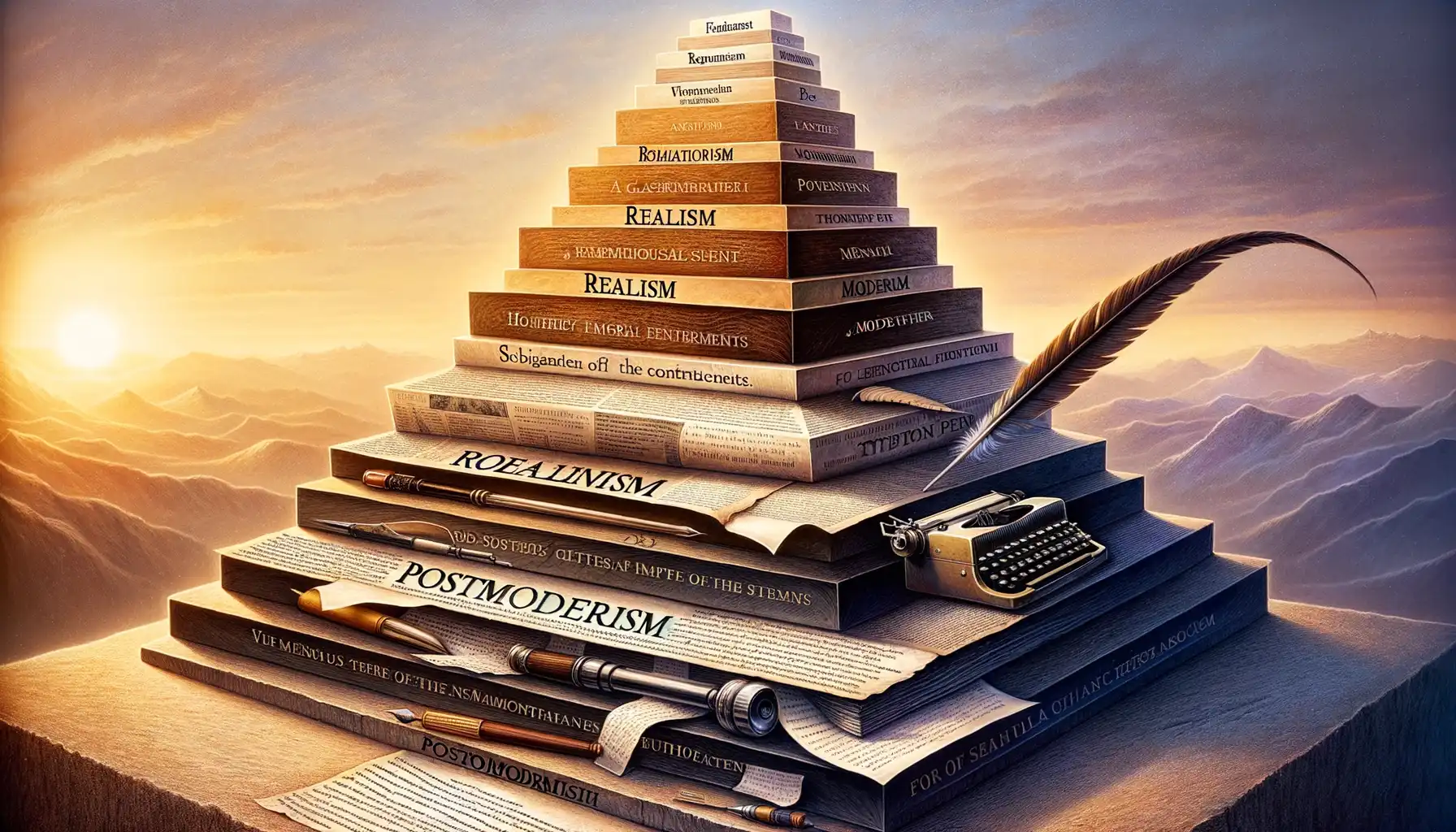The Historical Significance of Coinage in Nation-Building
Coins as Silent Witnesses to History
Every coin tells a story—of power, ambition, and identity. Imagine holding a coin from centuries ago, its surface worn smooth by countless hands. That small piece of metal once played a role in uniting fractured regions, funding fledgling governments, and symbolizing sovereignty. Coins aren’t just currency; they’re the beating hearts of nation-building.
Take, for instance, the Roman Empire. Its rulers stamped their faces on coins, spreading their image across vast territories. What better way to ensure loyalty than to make your subjects see your face every day, jingling in their purses? In the newly-formed United States, the phrase “E Pluribus Unum”—”Out of many, one”—etched onto early coins, embodied the challenge of forging a single nation from multiple colonies.
- Unifying diverse populations under a shared symbol.
- Funding wars, infrastructure, or revolutions—the lifeblood of emerging nations.
- Proclaiming independence: think of how newly-liberated countries mark their presence with freshly minted coins.
These embossed metals are more than tools of commerce—they’re declarations of existence. Each coin is a miniature billboard saying, “We are here, and we are strong.”
Design Elements and Their Role in Reflecting National Identity
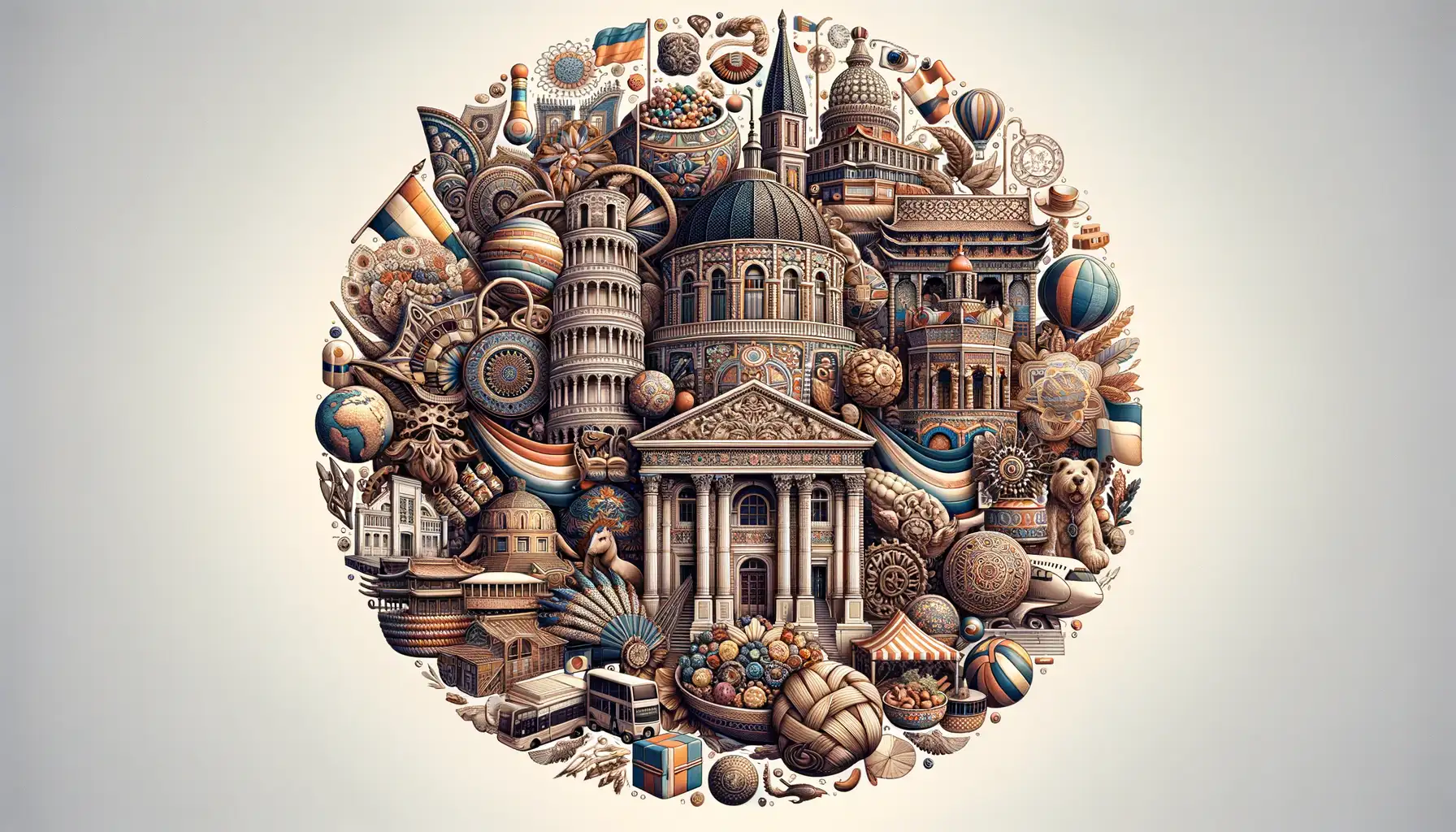
The Art of Storytelling Through Coin Design
When you hold a coin in your hand, you’re not just holding a piece of metal. You’re holding a tiny storyteller, whispering the tale of its nation’s soul. Every curve, every symbol, every choice of material serves a purpose. It’s design with meaning, and that meaning runs deep.
Take the humble olive branch—a quiet yet powerful nod to peace. Or the majestic eagle, wings outstretched, embodying strength and resilience. These aren’t just artistic choices; they’re statements of identity, woven with a nation’s values and aspirations.
The beauty lies in the juxtaposition of subtlety and weightiness. A coin has mere centimeters of space, yet it can reflect centuries of history. Consider:
- Portraits of national leaders: From pharaohs to presidents, their faces remind citizens of who shaped their country’s legacy.
- Landmarks and monuments: Think of the Parthenon on Greek coins or Mount Fuji etched into Japanese yen—geography becomes global recognition.
Coins aren’t static symbols. They evolve as nations change, capturing victories, struggles, and cultural shifts like a time capsule. Could there be a more poetic way to carry history in your pocket?
Symbols That Go Beyond Borders
While coins are rooted in national identity, they often reach beyond borders, becoming cultural ambassadors. Picture a vibrant maple leaf on Canadian currency—a simple yet unmistakable emblem that’s recognized worldwide. Or the delicate calligraphy gracing Arabic dirhams, a celebration of heritage and artistry.
Even the materials used tell stories. A sleek silver coin might signal wealth and stability, while bronze whispers of tradition. And let’s not forget the inscriptions—mottos like “In God We Trust” or revolutionary phrases like “Liberté, égalité, fraternité”, each carrying ideological heft.
From bold design to intricate details, coins are more than just currency—they’re miniature masterpieces that wear a nation’s heart on their sleeve.
The Political and Cultural Messaging of Coins
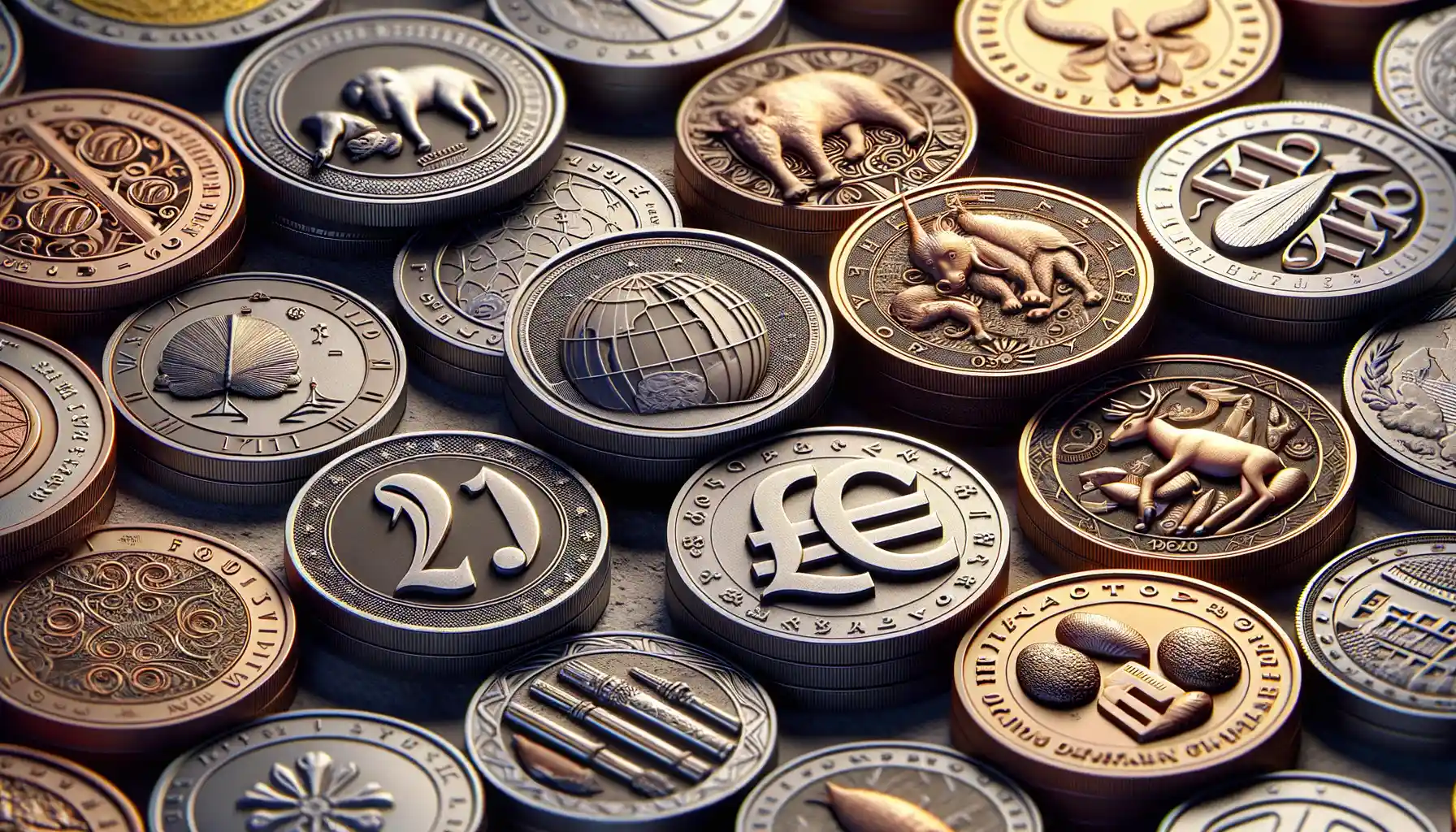
The Hidden Language of Coins: What They Tell Us
Coins are far more than metal discs passed from hand to hand—they’re miniature proclamations, carrying layers of meaning in their design, text, and symbolism. Every detail is deliberate, a reflection of what a nation wants its people—and the world—to understand about its values, struggles, and triumphs.
Think about the portraits stamped on them. That regal face? It’s not just a ruler; it’s a statement of legitimacy and power. For example, the Roman Empire used coins adorned with emperors to spread their image far and wide, even to the edges of their empire where most would never meet their emperor in person. A coin becomes a piece of propaganda in your pocket.
And then there’s the symbolism. From Spain’s national flower, the pomegranate, to the rising sun motif representing Japan, these small designs carry enormous cultural weight. They often evoke a sense of pride or belonging. Some nations go even further by using coins to honor struggles for independence, featuring scenes of revolution or iconic leaders who paved the way.
- Coins can spotlight historic events: think bicentenaries or peace treaties.
- They immortalize cultural achievements, like writers, musicians, or groundbreaking art styles.
It’s fascinating how these everyday objects double as storytellers, don’t you think?
Case Studies: How Different Nations Use Coinage to Represent Identity
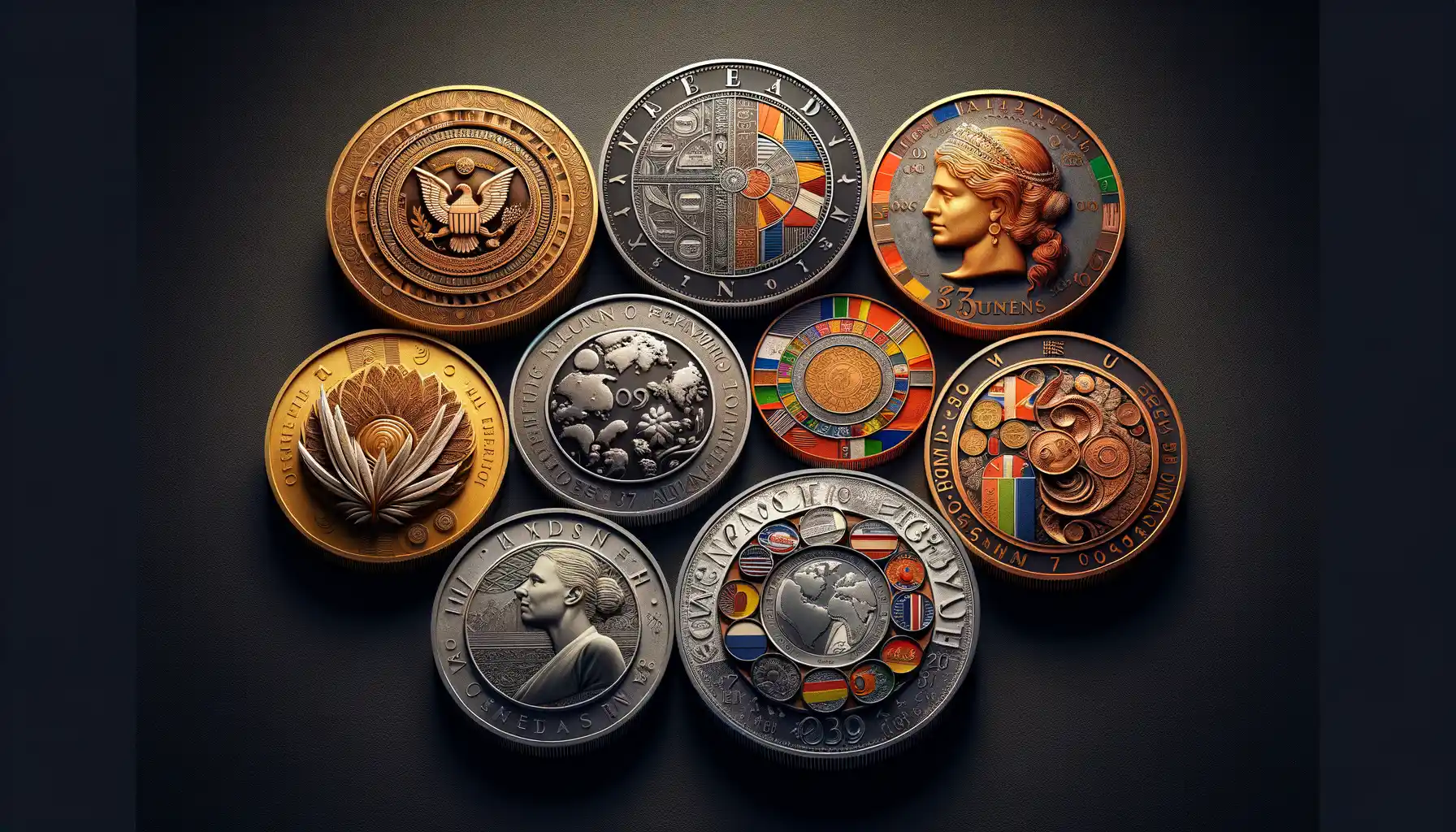
The Stories Coins Tell: A Glimpse Into National Identities
Hold a coin in your hand, and you’re holding a country’s story. Nations craft their identities on these small, everyday objects—not just with images of rulers or landmarks, but with whispers of their culture, history, and pride. Let’s wander across borders and peek into how different countries spin their tales through coinage.
In Japan, coins blend art and reverence. The iconic ¥5 coin has no numerals on its surface. Instead, it features rice stalks bending under sunlight—a subtle ode to agriculture, the soul of Japan’s economy for centuries. It’s also considered lucky; slipping one into your wallet before an exam or new job venture is practically a ritual!
Canada, on the other hand, takes a natural approach—quite literally. Their coins are a parade of animals: the loon on the $1 coin, the beaver on the nickel, and a caribou on the quarter. These evoke not just their lush wilderness but also their deep connection to ecology and conservation.
- In South Africa, the Rand coins feature the springbok, a swift, elegant antelope that embodies resilience.
- Eurozone countries each have their own design for the reverse side of their euro coins. Think Michelangelo’s Vitruvian Man in Italy or Celtic harps in Ireland. Every spin tells of its origins.
Coinage is so much more than currency—it’s a pocket-sized canvas where nations etch their passions, quirks, and values for the world to see.
The Future of Coinage in a Globalized World
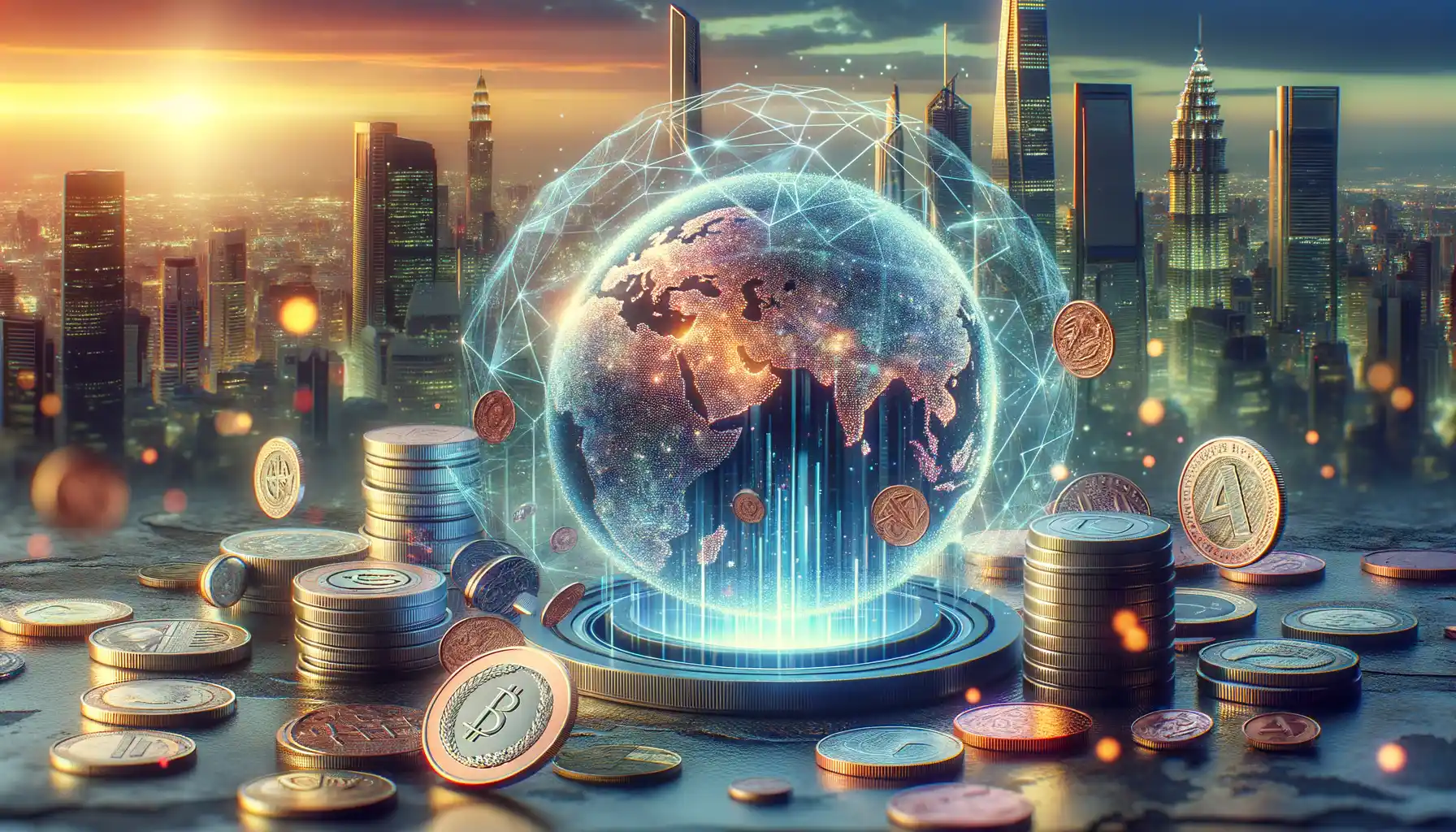
Blurring Borders: Coins in an Era of Global Unity
Imagine holding a coin in your hand—a tiny piece of metal, yet brimming with meaning. For centuries, coins have been storytellers for nations, etched with symbols of sovereignty and pride. But today, as borders blur and economies intertwine, what becomes of these pocket-sized emblems of identity?
In a world where globalization reigns supreme, the very idea of national currency faces monumental shifts. Digital currencies like Bitcoin and Ethereum have stormed onto the scene, sidestepping traditional coinage altogether. And even physical coins are becoming collaborative ventures—just look at the Euro, shared by 20 different countries. It’s no longer just about one flag or anthem; it’s about shared values crossing continents.
- How do you balance celebrating local heritage on coins in a world that’s increasingly interconnected?
- Should coins represent humanity’s collective achievements rather than individual nations? Stars over a continent, not lions or eagles.
Yet, let’s not underestimate the charm and resilience of coinage. There’s something irreplaceable about jingling change in your pocket—each piece a miniature ambassador for its homeland. Could the future hold a fusion of the old and new, where coins feature both cultural pride and universal ideals? Fascinating thought, isn’t it?




